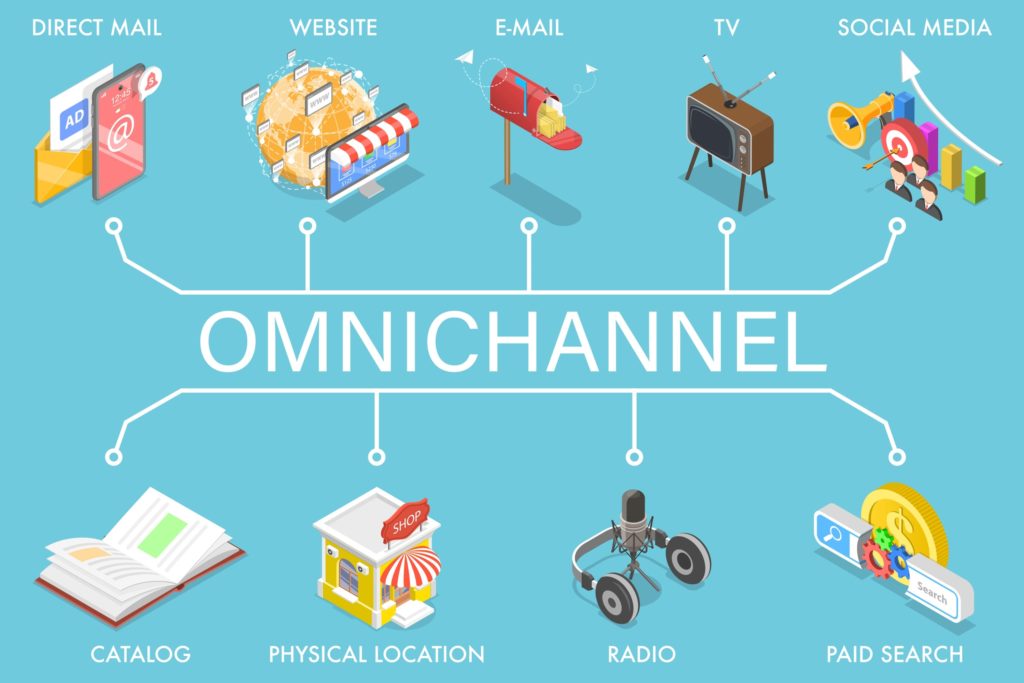LogiCommerce is trusted by global enterprise brands and wholesalers, across industries
Unifying the user experience across all eCommerce sales channels is a must when launching an Omnichannel strategy. Customers are increasingly demanding since they want to buy and access content from any channel as quickly as possible, with the most personalized service, and fully integrated experiences.
Headless eCommerce and Omnichannel are two concepts that we have already discussed in depth in some of our blogposts. So now we are simply going to review how these two concepts can be merged perfectly.
A headless architecture brings flexibility, agility, and customization while an omnichannel strategy requires all those concepts to achieve maximum effectiveness at all the contact points between an eCommerce and users.
With a Headless architecture, you can provide a much more complete and integrated shopping experience by adding and connecting new sales channels to optimize your eCommerce conversion rate.
There exist multiple benefits of using Headless to enhance the omnichannel Customer Experience:

The amount of time spent managing an eCommerce is significantly reduced thanks to the separation of the Front-end and the Back-end, allowing easier adaptation to the demands of the market.
Headless technology allows you to test and experiment, with the goal of knowing the real needs of consumers and publish interesting content in order to achieve more conversions. The fact that you can easily adapt and modify the Front-end to the consumer's needs is a great advantage when it comes to creating omnichannel strategies by launching a promotion or discount.
So, we could say that those ecommerce's that opt for a Headless platform, obtain a more competitive, updated and attractive experience thanks to the unification of the customer's experience during all the contact points with the brand.
Synchronizing multiple sales channels on different platforms is not that easy, but with a Headless architecture, implementing an omnichannel approach can be significantly simplified thanks to its flexibility, agility and customization capabilities across all the touchpoints between an eCommerce and its users.
By decoupling the Front-end from the Back-end, you can connect several Front-ends to the same Back-end, to centralize all the data and information of your online store, and send it to multiple channels simultaneously.
Faster integrations, fully unified experiences, and seamless communication will ensure your business success and allow you to increase customer satisfaction and loyalty.

